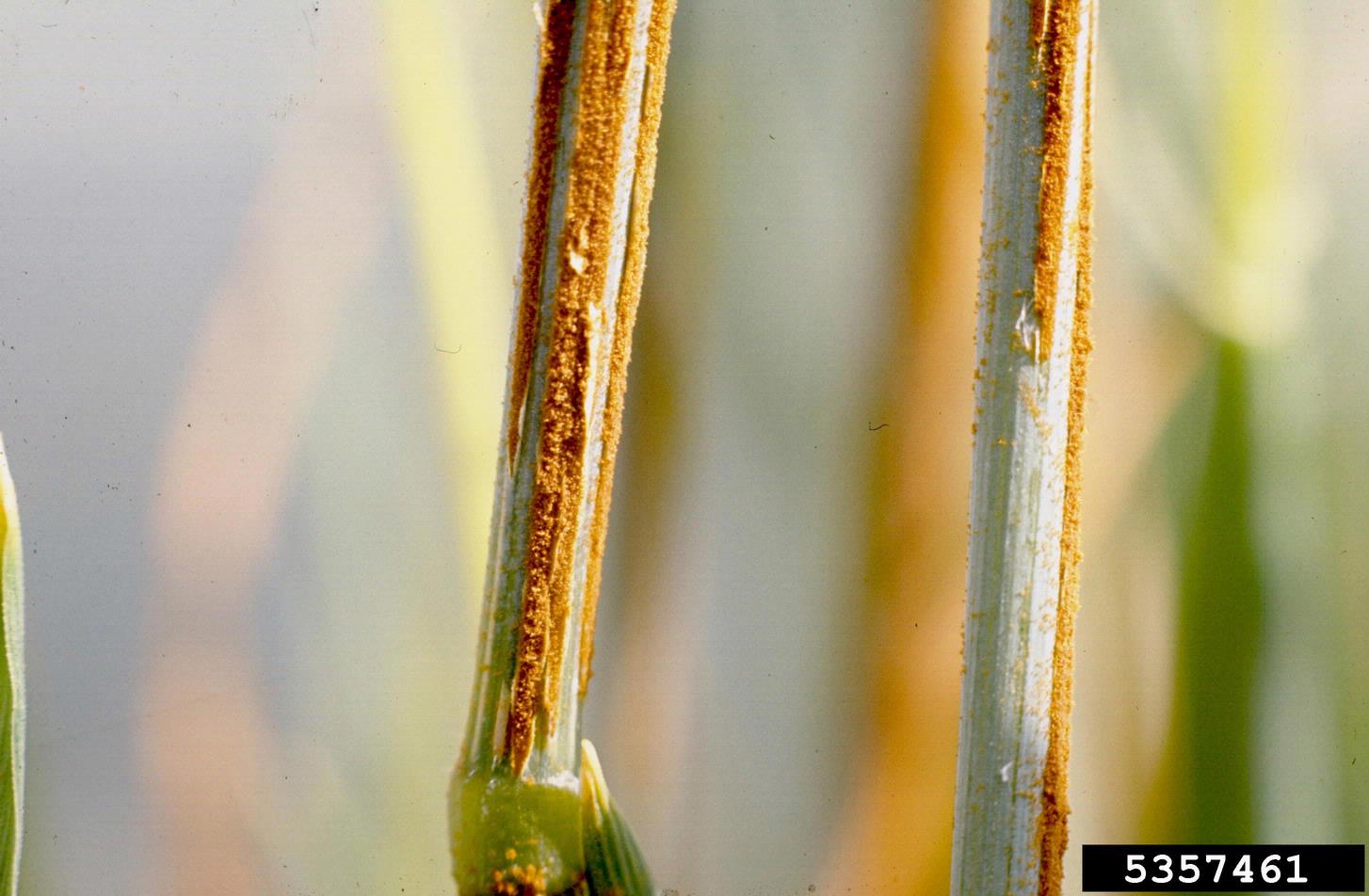Stem Rust Of Oat Crops – Tips On Treating Oat Stem Rust Disease


For many gardeners, the hopes of growing various types of cereal and grain crops arise from a desire to increase the production of their gardens. The inclusion of crops such as oats, wheat, and barley may even be made when growers desire to become more self-sufficient, whether grown in a small home garden or on a larger homestead. Regardless of the motivation, the addition of these crops is an exciting step for most – at least until problems arise, like that of oat stem rust.
About Stem Rust of Oat Crops
While these crops are generally easy to grow in most climates across the United States, there are some issues that must be considered when planning grains. Diseases, such as oat stem rust, can greatly reduce potential harvests. Knowing how to treat oat stem rust will be key to a successful oat harvest.
In the past, stem rust in oats has been a major problem for commercial growers, which resulted in a high loss of yields. Today, the problem is more easily controlled. Stem rust of oat crops is a fungal disease. The most notable sign of oats with stem rust is the formation of small, brownish-red pustules along the stem of oat plants. In severe cases, this discoloration will also become noticeable on leaves and sheaths.
Prevention and Control of Stem Rust in Oats
While treating oat stem rust with fungicide is a possibility for commercial growers, the best technique by which to control the disease is prevention. The overwintering fungus which causes stem rust in oats is windborne. This means that garden sanitation and the removal of previously infected plant material are extremely important.
Additionally, crops planted and harvested early may be less likely to be impacted by the disease. In addition to proper garden clean-up and crop rotation schedules, the probability of oats with stem rust may be reduced by the removal of any nearby barberry plants, which serve as a host plant for the fungus.
In recent years, the introduction of new and improved varieties of oats has helped growers to better manage the risk of stem rust in their gardens. When planting, look for varieties of oat that demonstrate resistance to stem rust. These techniques, along with only purchasing seed from reputable sources, will help improve the chances of abundant harvests of homegrown oats.
Sign up for the Gardening Know How newsletter today and receive a free copy of our e-book "How to Grow Delicious Tomatoes".

Tonya Barnett has been gardening for 13 years. Flowers are her passion. She has transformed her backyard into a cut flower garden, which she regularly chronicles on her YouTube channel http://www.youtube.com/@tonyawiththeflowers.